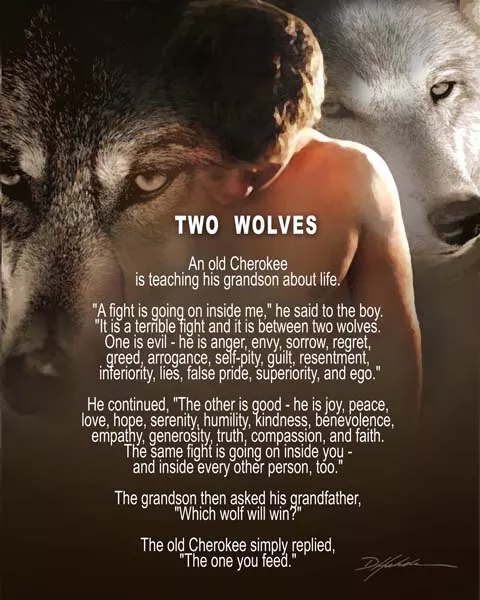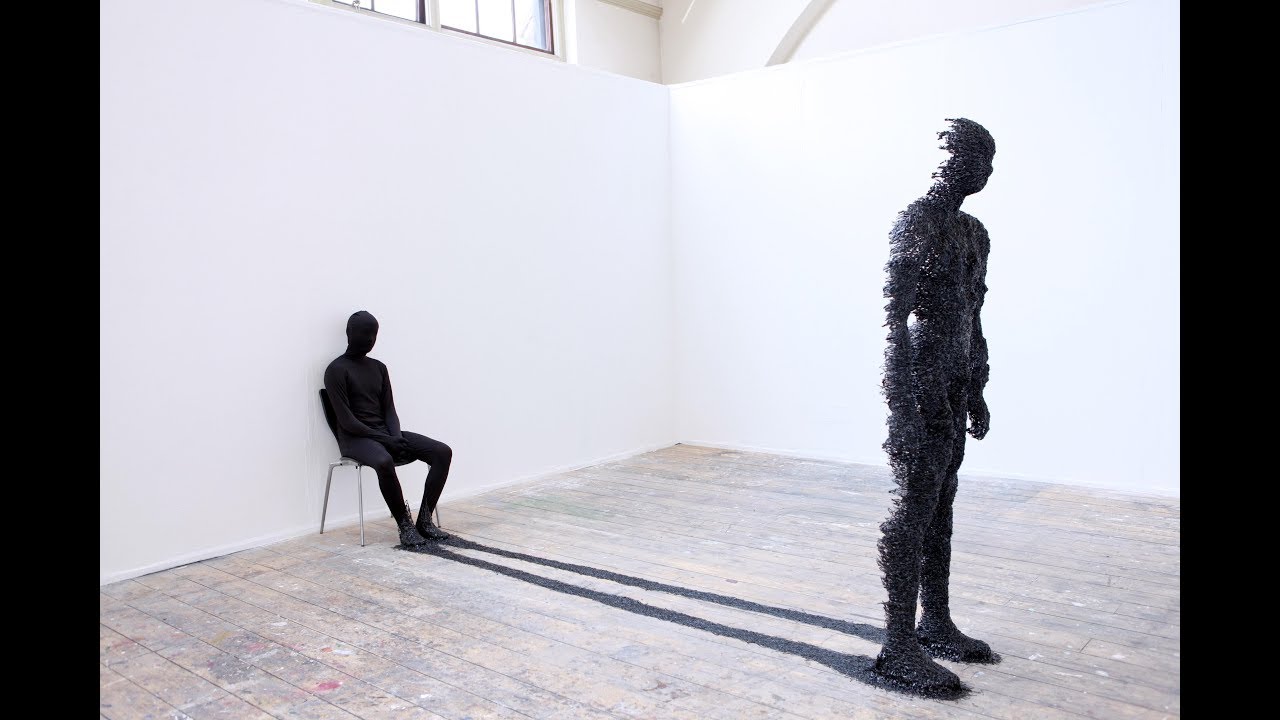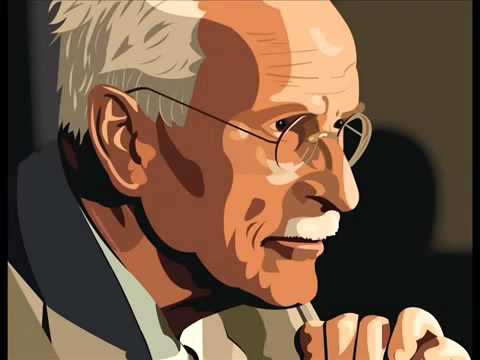“Only your surface is disturbed; in your deepness there is stillness and total tranquility” ~ Bryan McGill
Let’s face it, life happens. In today’s world people have responsibilities, we need money to survive, we need to take care of our kids, we need to take care of our health and we need to pay our bills. There are always going to be things that need to be done.
And just when we think we’ve got everything down pat and all is well… a friend or family member comes along to tell us about their latest catastrophe in their lives. It seems as if stress has become a way of life for most.
In fact, it has become so much of a norm that if you were to actually tell someone that life is good, you can’t complain or that you feel truly happy… most people won’t even believe you! They’ll either think you’re delusional, or in denial, or turning a blind eye to life in general.
However, at a certain point we got sold a lie. That lie being that stress is normal, stress is honorable, stress means you’re ambitious, stress means you’re reaching goals, stress is glamorous, stress means you care about your job or your family, being stressed means you’re important and successful. But is there a happy medium?
Is there a way to not only take on all of the responsibilities of our day to day lives plus listen to the calamities and complaints of our friends and family while still remaining in our peaceful center?
Is there a way to physically be IN this world, participate in all of situations and circumstances while at the same time not being OF the world, which means not becoming so involved and attached to every event, to the point of pulling our hair out in worry or frustration?
“Stress is never a given. There are people who get divorced amicably. There are people who pack up and move with no emotional toll. There is no stressor ‘out there’ in the world. We experience stress or we don’t based on what we believe.” ~ Andrew Bernstein
 Ironically, most stress is not happening in the present moment. It’s happening as a result of our thinking about a situation. Either we are replaying a past event and letting the replay anger us over and over again or we are worrying about an alleged future event that may or may not even happen.
Ironically, most stress is not happening in the present moment. It’s happening as a result of our thinking about a situation. Either we are replaying a past event and letting the replay anger us over and over again or we are worrying about an alleged future event that may or may not even happen.
We are literally using our imagination, to dream up worst case scenarios, when in actuality it would take the same amount of time and effort to let our imagination conjure up best case scenarios.
In order to become aware of which people, places and things in our lives are causing us the most stress we must become super aware of our thought patterns. How often are we thinking about certain things and what is the belief behind the thought that is causing the stress to happen?
For example, if we are replaying a past event that continues to anger us over and over, it’s usually stemming from the belief that someone SHOULD HAVE acted in a certain way, or an event SHOULD HAVE happened in the way we expected it to. The belief that things should go exactly as we want them to causes us to become angry and frustrated.
But the fact of the matter is, life rarely goes exactly as we expect it to. There are traffic jams, people run late, people say things we don’t like, we may feel sick, our family may get sick, etc…
The sooner we come to terms with the fact that not every single event in our lives is going to go exactly like we planned we are able to connect with the calm amidst life’s storms. Our inner core, the peaceful center that resides in all of us, has no attachment to outcomes.
It doesn’t live in the “should have” or the “shouldn’t have”, it literally takes life as it comes, therefore it rarely is disturbed by the unexpectedness of day to day events.

When peacefulness becomes our norm, we naturally move away from places and people and even thought patterns that are disturbing that peace. From this state of being, one of being rooted in our awareness, we are able to handle life’s unexpected situations in an “as they come” manner.
Problems that CAN be changed, are changed. People that CAN be removed from our lives are removed. Places that CAN be moved away from are moved away from.
Life becomes amazingly simple. As for the things that cause us stress that can’t be solved, we learn the art of acceptance. If a situation arises that cannot be immediately fixed by us, we are forced to accept this thing as it is and instead change our thinking about the situation.
The beauty of us becoming the calm in the middle of our own storms is that we can use this tactic when dealing with other people in our lives as well. Very often there will be people in our lives that beg for us to be involved in their drama, negative outlook or complaining about little things.
Here, we not only get to practice acceptance, meaning we accept that they are in that moment complaining about their issue, but we also learn the practice of responding vs. reacting. Instead of allowing ourselves to get caught up in their storm we can respond to them from our own awareness.
So either we give them a piece of advice we believe will help them, or we simply just listen to them and empathize that they are feeling upset. There is no right or wrong way to respond, because it comes from a genuine place vs. reactivity, which comes from a place of placing our own expectations and beliefs on their behavior.
“I feel very still and empty, the way the eye of the tornado must feel moving dully along in the middle of the surrounding hullabaloo” ~ Sylvia Plath
 It may feel weird at first, perhaps even boring, to not be so involved in the eye of every storm. Usually when a person has become addicted to chaos and stress the first signs of inner peace may feel strange and quiet.
It may feel weird at first, perhaps even boring, to not be so involved in the eye of every storm. Usually when a person has become addicted to chaos and stress the first signs of inner peace may feel strange and quiet.
But eventually what will happen is that little things become our excitement and joy. Eating a good meal, spending quality time with a quality friend, drinking an amazing cup of coffee or enjoying the peacefulness of a beautiful sunset replaces stress and becomes our “excitement”.
And when we do start to find true joy in simple and small things vs. depending on stress to make us feel alive, it becomes harder and harder to convince us to get caught up in the petty pursuits of our own egos or the negativity of other people.
At this point of experiencing inner stillness, happiness and gratitude becomes our natural state, which allows us to see the beauty, magic and extraordinary in everyday life.
Image Source










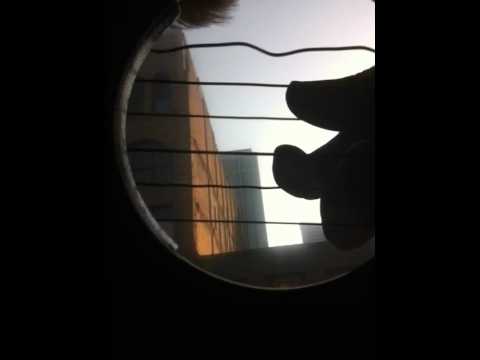

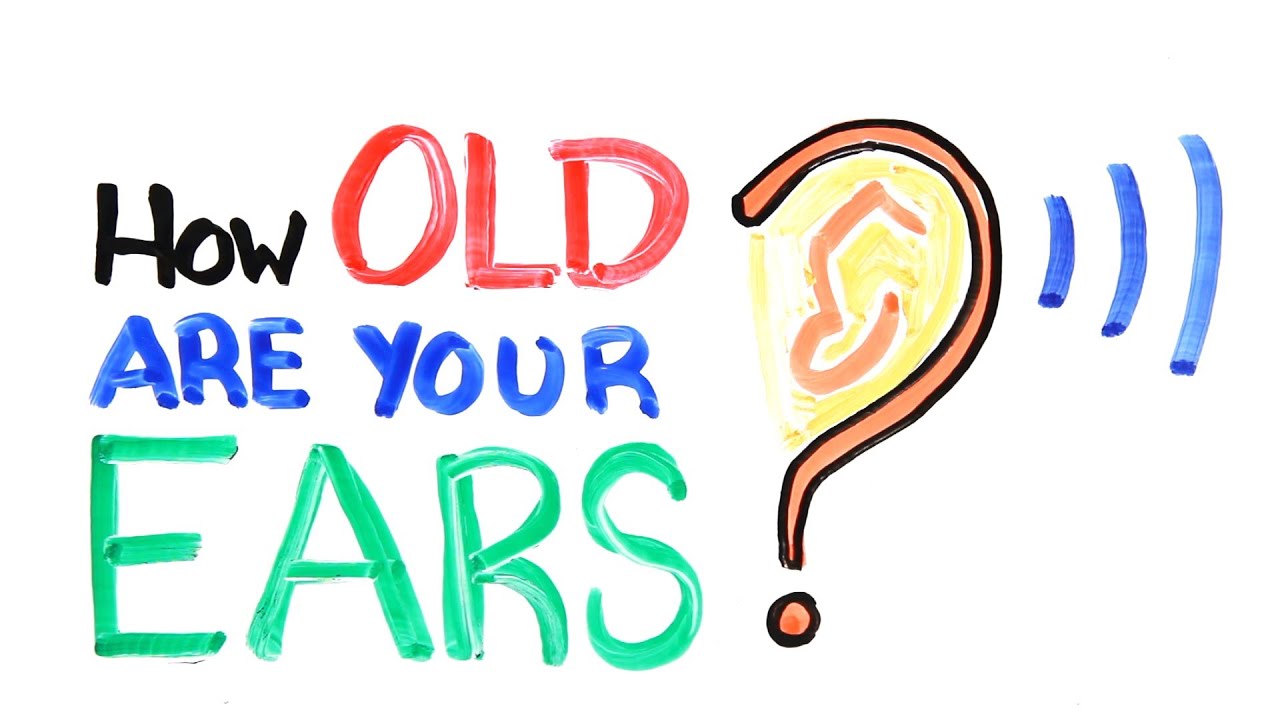

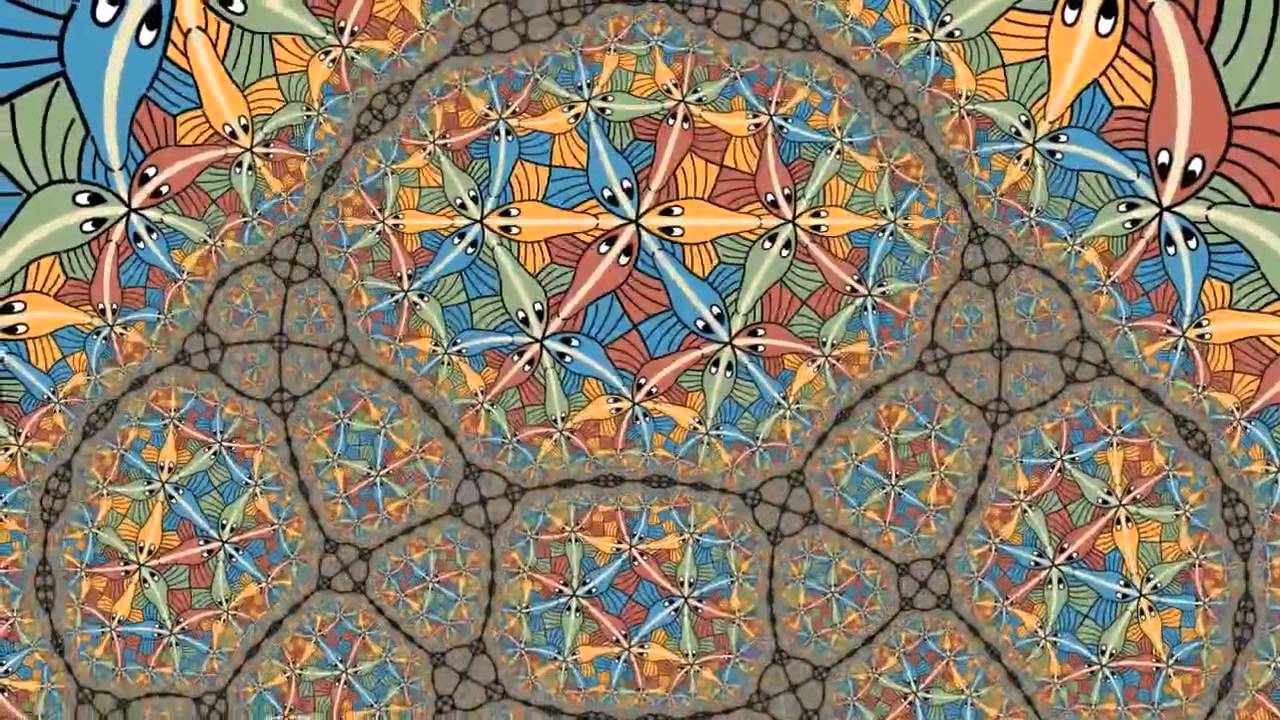
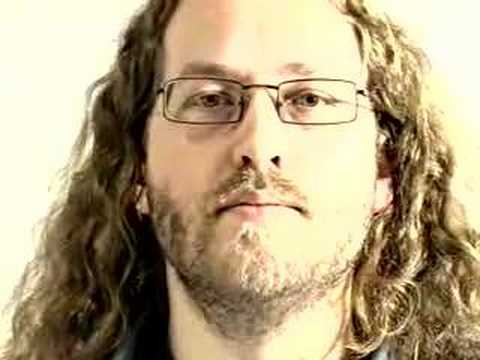
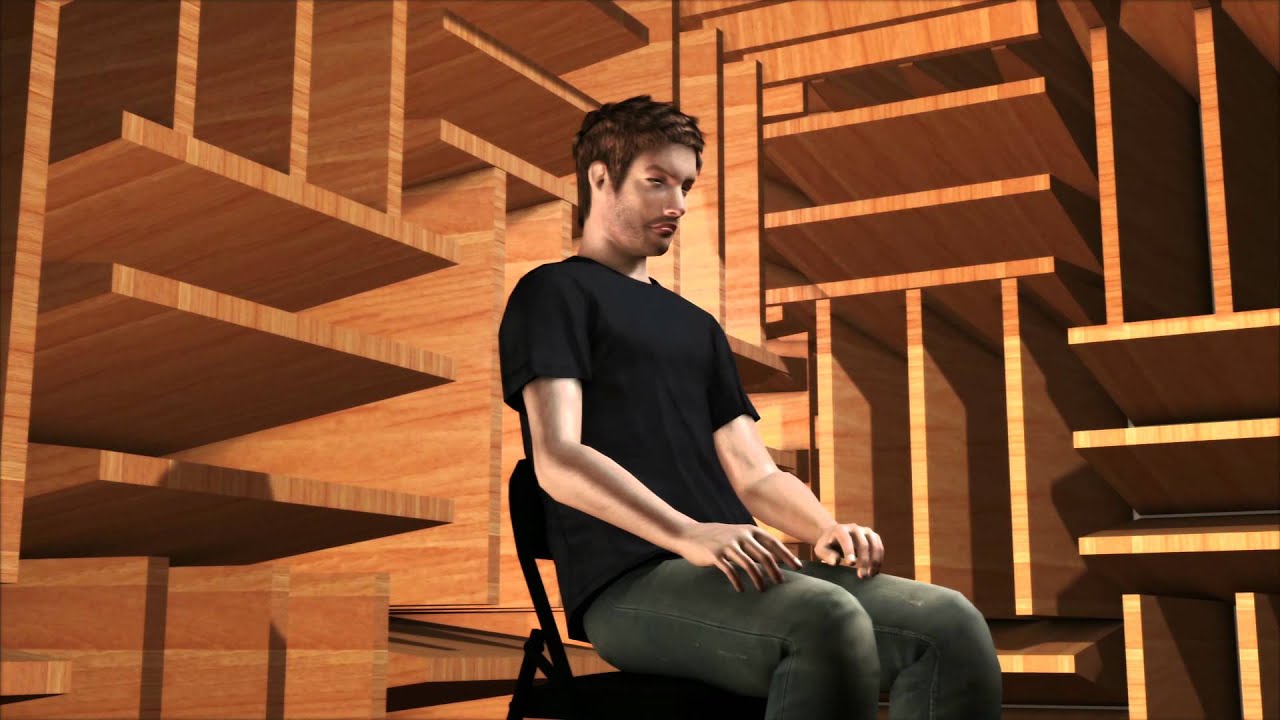
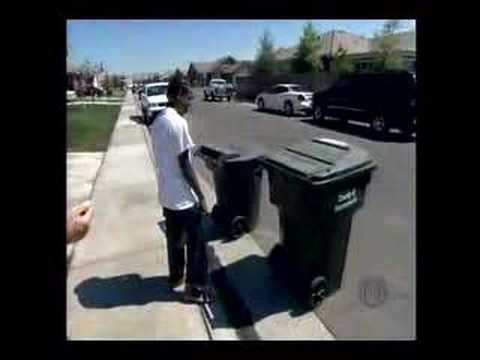
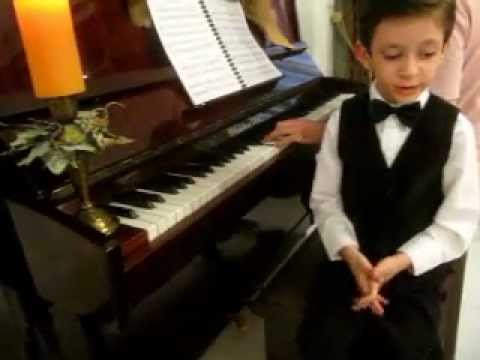
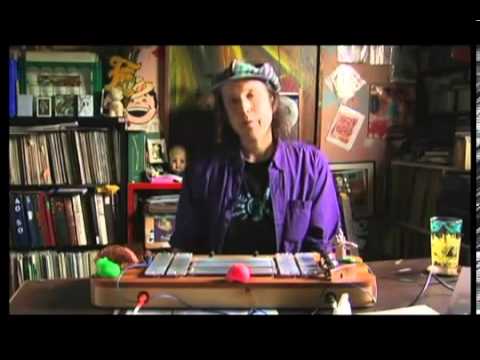
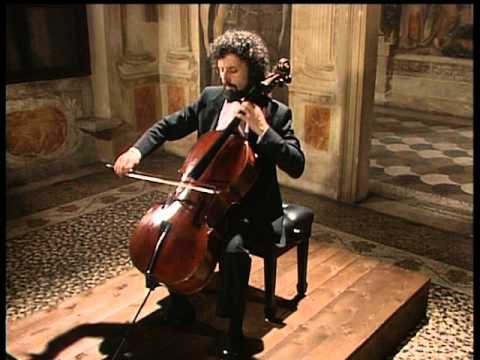

 Instead we are aroused and motivated with a sense of adventure, a new beginning to begin a new quest. “If you stumble make it part of the dance.” If you misstep make it part of the stutter step. If you err make it part of the errand.
Instead we are aroused and motivated with a sense of adventure, a new beginning to begin a new quest. “If you stumble make it part of the dance.” If you misstep make it part of the stutter step. If you err make it part of the errand.

